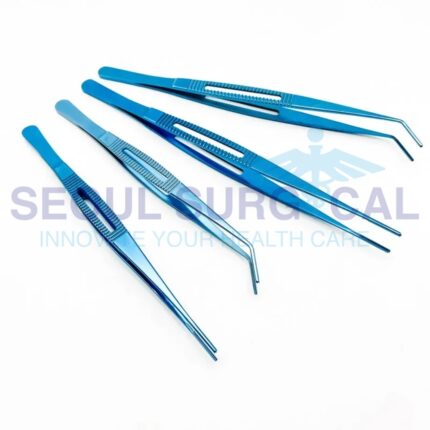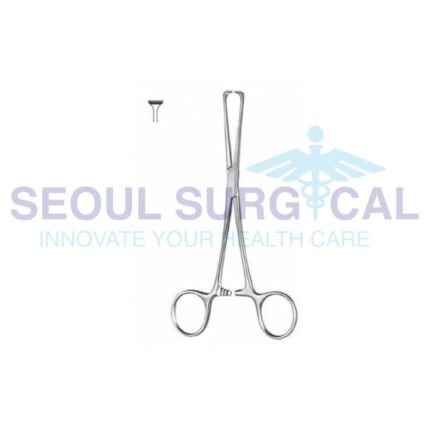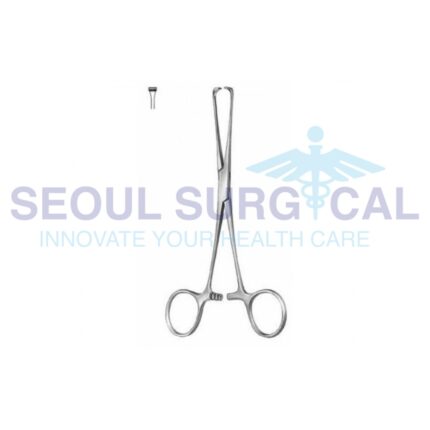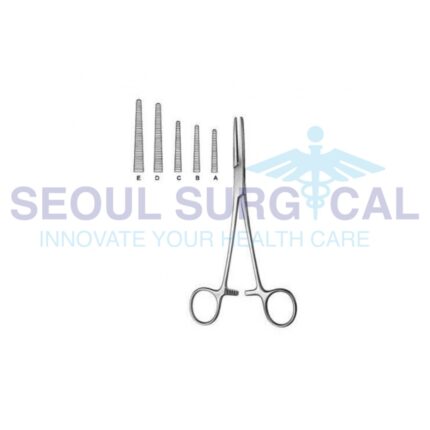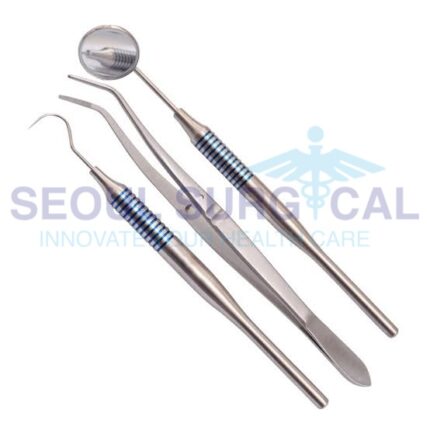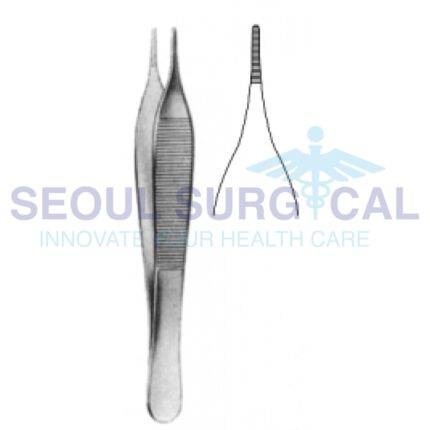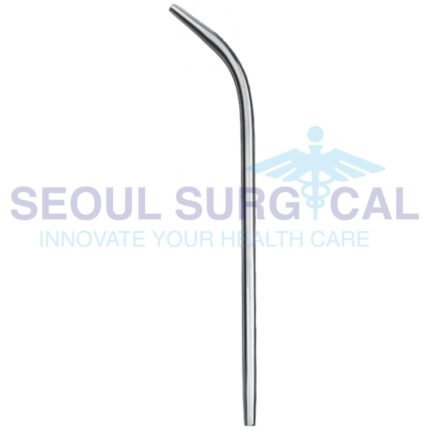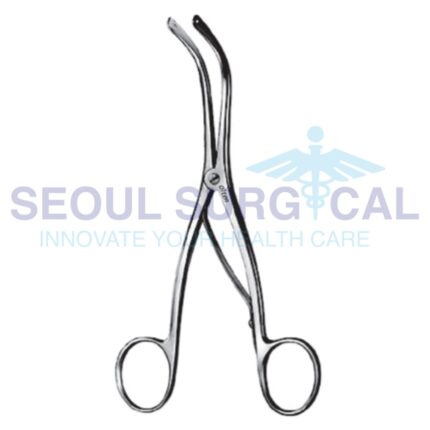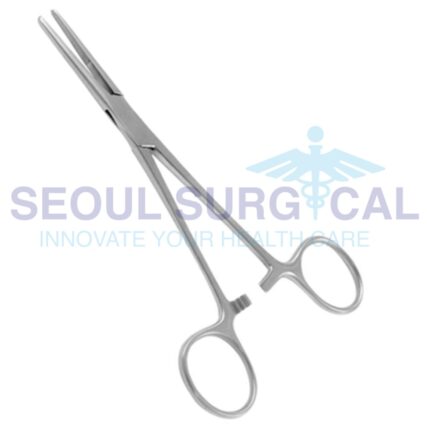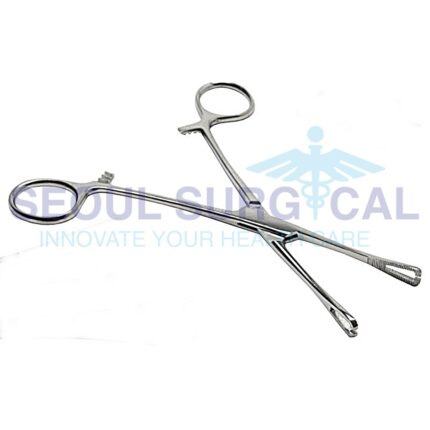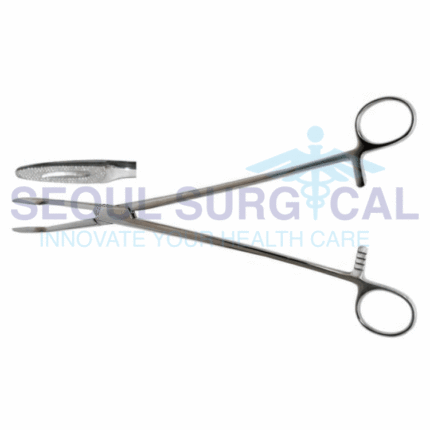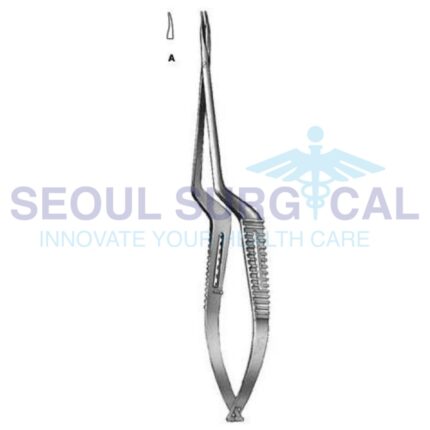Sterility Matters: A Guide to Asepsis Instruments in Medical Settings”
Ensuring asepsis is a critical aspect of healthcare, especially in surgical and invasive procedures. Healthcare professionals follow strict protocols to sterilize instruments and maintain a sterile field, minimizing the risk of infections and promoting patient safety. The use of aseptic techniques is fundamental in preventing the transmission of pathogens in healthcare settings.
Stomach Surgery Mastery: Navigating Procedures with Specialized Instruments
It's important to note that the specific instruments used may vary based on the nature of the medical condition or surgery involving the stomach. Additionally, advancements in medical technology may introduce new instruments or techniques over time. The selection and use of these instruments are typically guided by the surgeon's expertise and the patient's specific condition.
Stomachic Precision: Enhancing Surgical Procedures with State-of-the-Art Instruments
It's important to note that the specific instruments used may vary based on the nature of the medical condition or surgery involving the stomach. Additionally, advancements in medical technology may introduce new instruments or techniques over time. The selection and use of these instruments are typically guided by the surgeon's expertise and the patient's specific condition.
Stopping the Bleed: A Guide to Effective Haemostatic Forceps in Surgery
Hemostatic forceps are typically made of high-quality surgical stainless steel, allowing for repeated sterilization. The choice of hemostatic forceps depends on the specific surgical procedure, the size of the vessels being clamped, and the surgeon's preferences. These forceps are an essential component of any surgical toolkit, ensuring that bleeding is effectively controlled during surgical interventions.
Storing Clean: Navigating Effective Hygiene Storage Systems
Subtle Grasp: Exploring the Role of Cilia Forceps in Ophthalmic Procedures
If you have a specific context or application in mind, it would be helpful to provide more details for a more precise answer. Surgical instruments are often designed with specific tasks and tissues in mind, and the choice of forceps depends on the nature of the procedure and the tissues being handled.
Suctioning Success: A Comprehensive Guide to Trocars and Suction Tubes in Surgery
In laparoscopic surgeries, trocars are initially used to create access ports, and once access is established, various instruments, including suction tubes, can be introduced through these ports. Trocars are typically inserted under direct visualization using a camera system, allowing the surgeon to monitor the entry into the abdominal or thoracic cavity.
Surgical Airway Access: Navigating Tracheotomy Techniques in Medicine
Tracheotomy is a well-established and potentially life-saving procedure performed by trained healthcare professionals. It is commonly done in a controlled medical setting, and postoperative care is crucial for the well-being of the patient. The decision to perform a tracheotomy is based on the specific medical needs of the individual patient.
Surgical Artistry: A Closer Look at Modern Forceps in the Operating Room
Surgical Cleanliness: Exploring the Role of Sponge Forceps in Sterile Environments
These forceps are typically made of high-quality surgical stainless steel to ensure durability and resistance to corrosion. The serrated jaws of the forceps provide a secure grip on the sponge, preventing accidental slippage during surgery. Proper sterilization procedures are followed before and after each use to maintain aseptic conditions in the operating room.
Sponge forceps are an essential part of the surgical toolkit, contributing to the efficiency and safety of various surgical procedures by aiding in the management of surgical sponges and maintaining a sterile environment.
Surgical Empowerment: Enhancing Hysterectomy Procedures with Advanced Forceps
It's important to note that the specific forceps used during a hysterectomy may vary based on the surgical approach (abdominal, vaginal, or laparoscopic) and the surgeon's preference. Each type of forceps serves a specific purpose in tissue manipulation, hemostasis, and organ removal during the procedure. Surgical instruments used in hysterectomy procedures are typically made of high-quality materials, such as surgical stainless steel, and are designed to withstand repeated sterilization.

